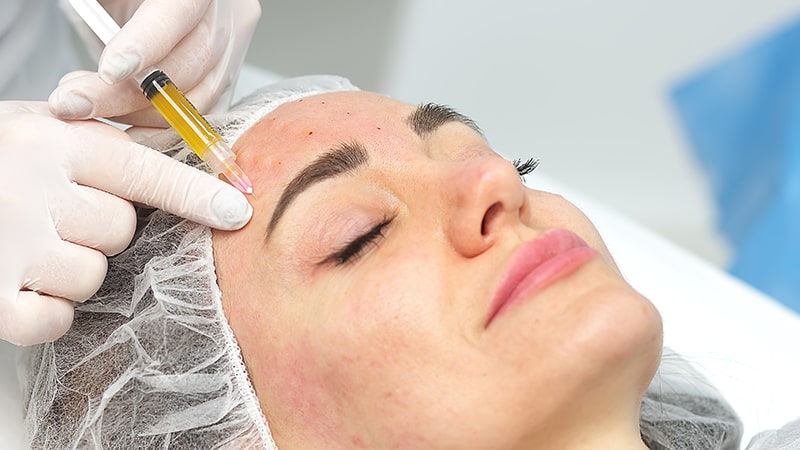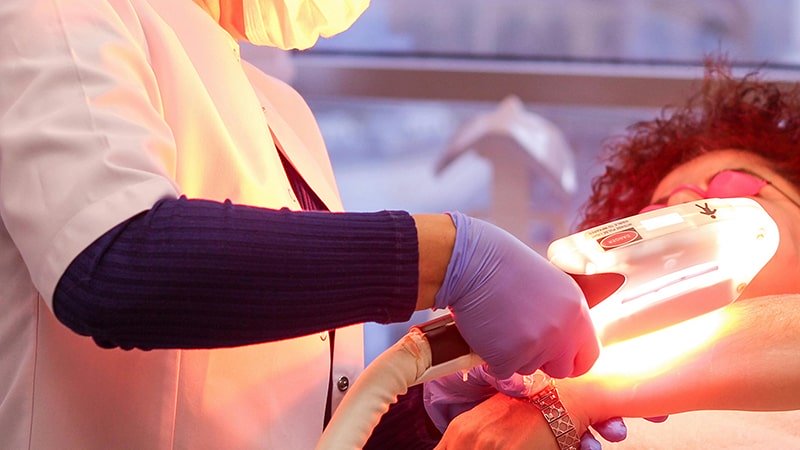Cosmetic products are made up of ingredients with different purposes, such as coloring, perfuming, texturizing or acting in a certain way on the skin.
According to EU Regulation 1223/2009, cosmetics are defined as “any substance or mixture intended to be brought into contact with superficial parts of the human body (epidermis, hair and capillary system, nails, lips and external genital organs) or with teeth and oral mucous membranes, for the sole or main purpose of to clean them, perfume them, modify their appearance, protect them, keep them in good condition or correct body odors”.
They can be composed of dozens of ingredients, many of which are unknown to the general public, although this does not mean that they are harmful. As a form of transparency, manufacturers must indicate on their products what ingredients they contain, which helps users to purchase these products more safely.
What does INCI mean in cosmetics?
The INCI is the list where all the ingredients that are part of a cosmetic are listed. INCI stands for International Nomenclature Cosmetic Ingredient.
This system has been mandatory in the European Union since 1998. Standardized product names are used, usually written in English, although in the case of plants, Latin is used.
If it includes any ingredient with nanotechnology, this must be indicated with the term nano. And the colorants must be preceded by the initials C.I. followed by the corresponding number.
This information must be included on the labels of cosmetic products, so that the INCI in cosmetics allows consumers to verify the veracity of what is advertised by the brands.
How to read the INCI
To be able to interpret the information contained in the INCI, it is not necessary to have experience in formulation, but it can be complicated without knowing some of the internationally established standards for this nomenclature.
First of all, it is important to know that cosmetic ingredients with a concentration of more than 1% are listed in order from the highest to the lowest percentage. This allows us to check which ingredients stand out in the formula. This way you can know if that advertisement that says a product is rich, for example, in hyaluronic acid, is telling the truth or not.
Manufacturers are not obliged to indicate the exact percentage of each ingredient, nor its concentration, since the professional secrecy of each formulation is safeguarded at this point.
When the concentration is less than 1%, there is no obligation to include these ingredients in decreasing order.
The asterisks in the INCI also have their own meaning. In this case, one asterisk means that it is an organic ingredient and two asterisks tell us that it is a naturally produced ingredient in the process of obtaining the organic essential oils used in the cosmetic. In other words, it is a derivative.
If you don’t know an ingredient, you can look it up on the Internet. In addition, there are different apps that offer information on ingredients by simply scanning the cosmetic’s barcode. However, although they provide correct data, it should be noted that they do not take into consideration or know the concentration of the ingredients, so they may indicate that they are dangerous when they are not.
What ingredients should you consider?
The most frequent ingredients in the INCI are water, parfum and glycerin. Parfum refers to the perfume of the product and although it may be composed of any compound, these are not indicated.
Having the INCI list of a cosmetic available allows us to eliminate those containing aluminum, parabens, sulfates (laureth, lauryl), silicones (dimethicone), petrolatum (parafinnum, petrolatum, ceresin) and petroleum derivatives (mineral oil).
As for the preservatives used to maintain the properties of the cosmetic, those of vegetable origin such as sodium phytate, sodium benzoate, sodium dehydroacetic acid, xanthan gum, dehydroacetic acid and potassium sorbate are preferable. One of the most commonly used preservatives is synthetic phenoxyethanol, known by the acronym EGPhE.
Those ingredients included in the cosmetic, which are derived from allergenic synthetic perfume derivatives, must be included in the INCI.
Currently, 26 allergenic ingredients are recognized in the INCI: Amyl cinnamal, Benzyl alcohol, Cinnamyl alcohol, Citral, Eugenol, Hydroxycitronellal, Isoeugenol, Amylcinnamyl alcohol, Benzyl salicylate, Cinnamal, Coumarin, Geraniol, Hydroxyisohexyl 3-Cyclohexene Carboxaldehyde, Anise alcohol, Benzyl cinnamate, Farnesol, Butylphenyl methylpropional, Linalool, Benzyl benzoate, Citronellol, Hexyl cinnamal, Limonene, Methyl 2-Octynoate, Alpha-Isomethyl Ionone, Evernia Prunastri Extract and Evernia Furfuracea Extract.
These allergens are included when the concentration is higher than 0.001%, except for those that are added to the INI when the concentration is higher than 0.1%, as in these cases they are added to the INI.
Other information on cosmetic labels
In addition to the list of ingredients, other important safety information can be found on cosmetic labels. At the bottom of the label is usually included the PAO symbol, which indicates the minimum shelf life of a hard cosmetic. If the duration date is less than 30 months you will see an hourglass symbol next to the exact date.






